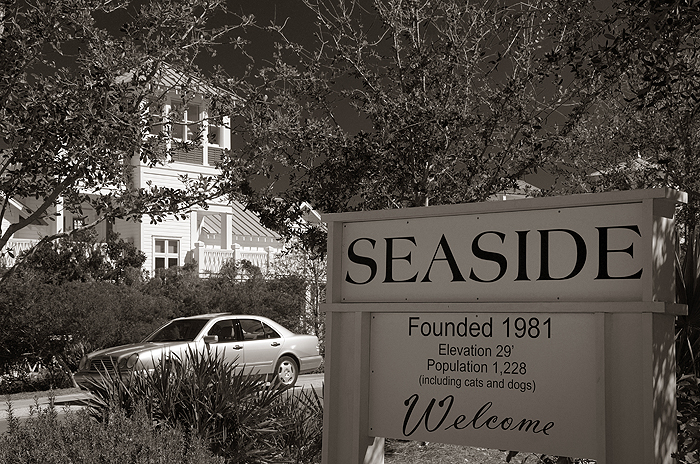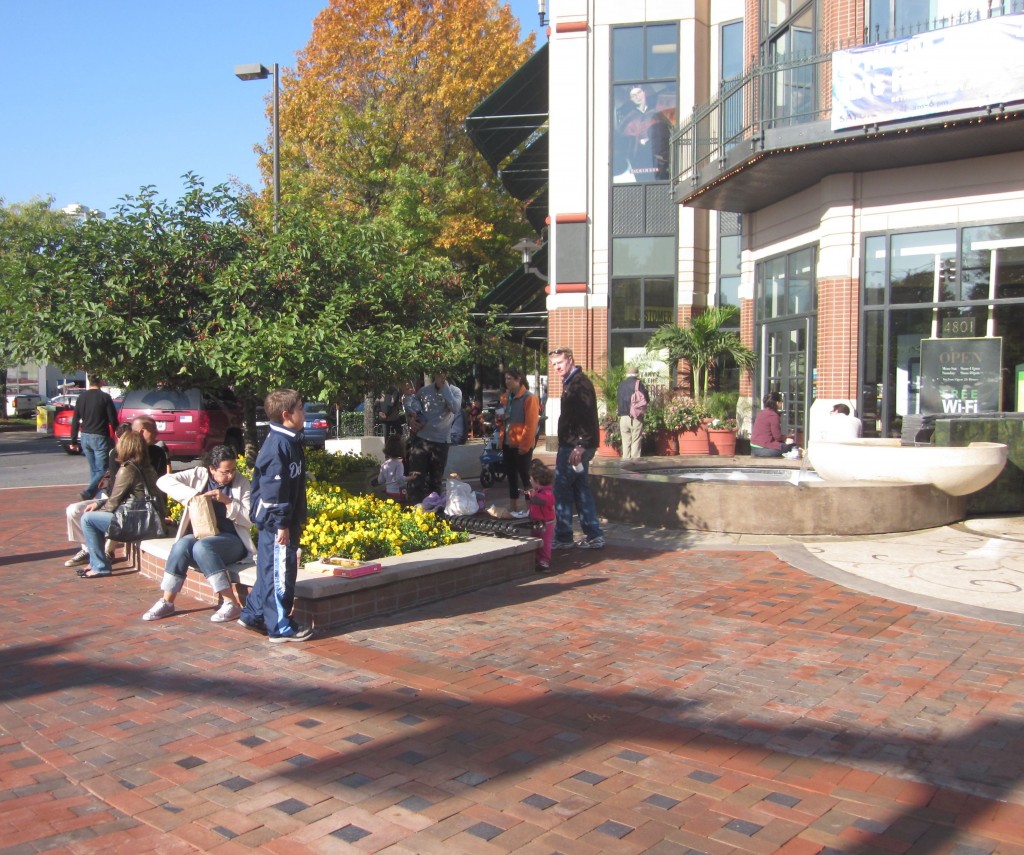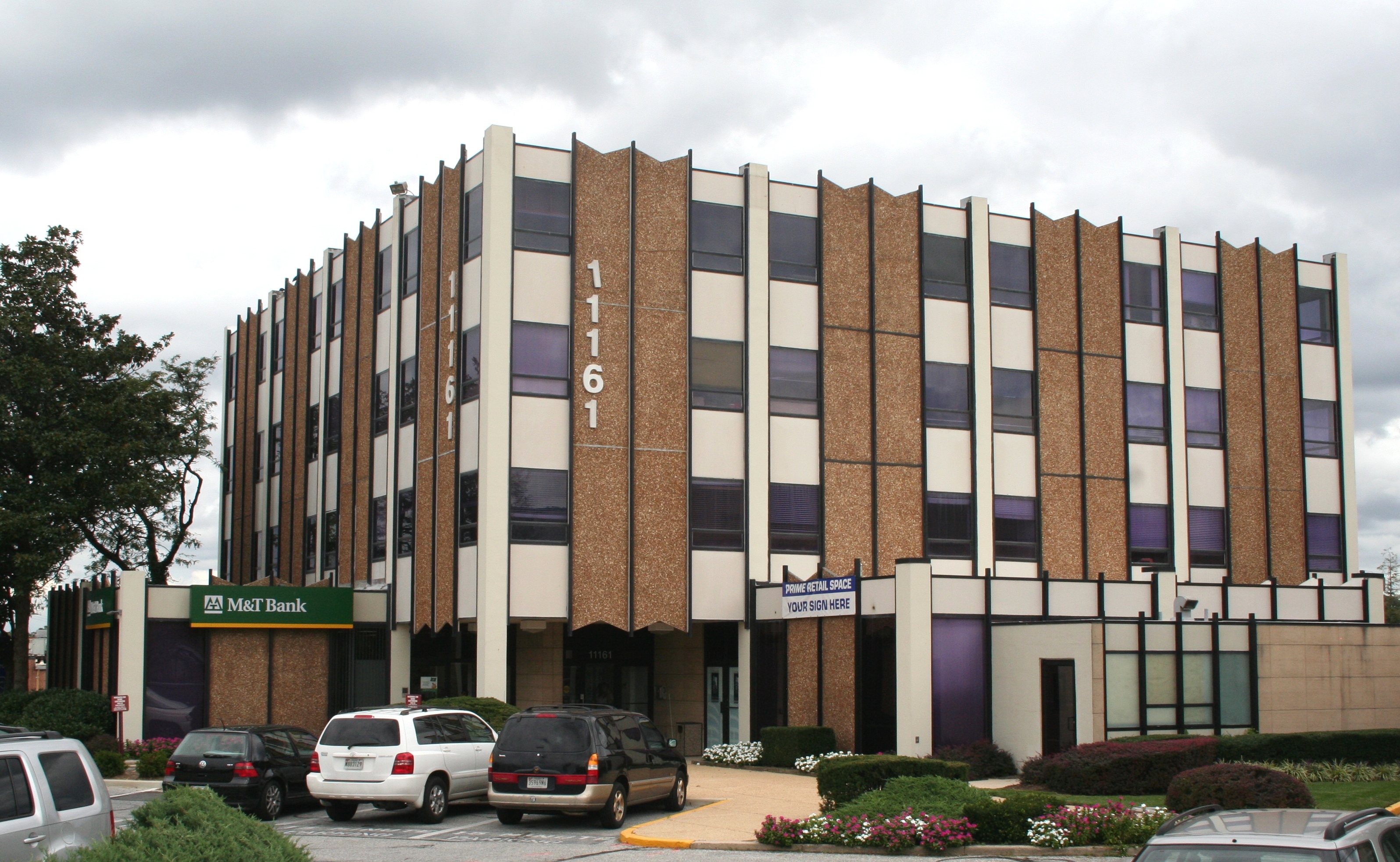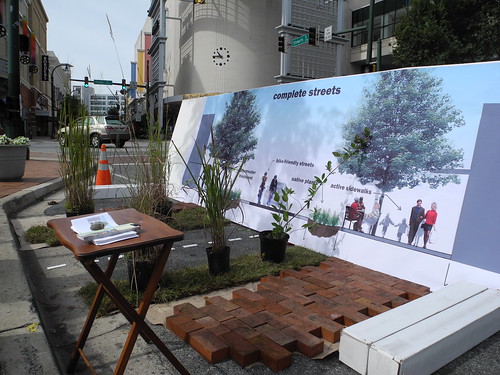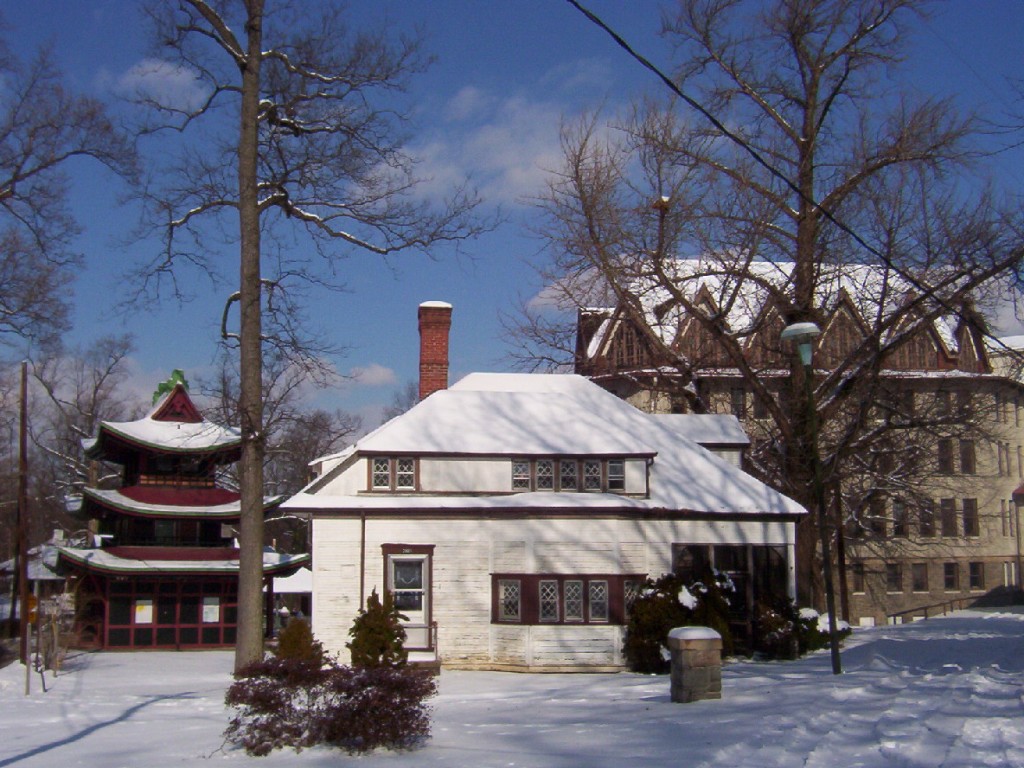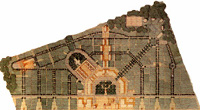
Part of what makes Seaside and its ilk so successful is their attention to detail. And by detail I don’t mean what one observant designer called “frosting”– banners, lamposts, and fountains.
A more structural approach to designing a space or place begins with elements that are obvious in plan view–terminated views, street grids, and a central square. That initial street grid is punctuated by a square, then further embroidered with paths and smaller spaces.
But even those public spaces and paths are treated with varying levels of complexity. The formal public lawn is neatly mown and edged, but other spaces are more casual.
The path in front of your house is paved and raked, the one behind a barefoot … Continue reading
